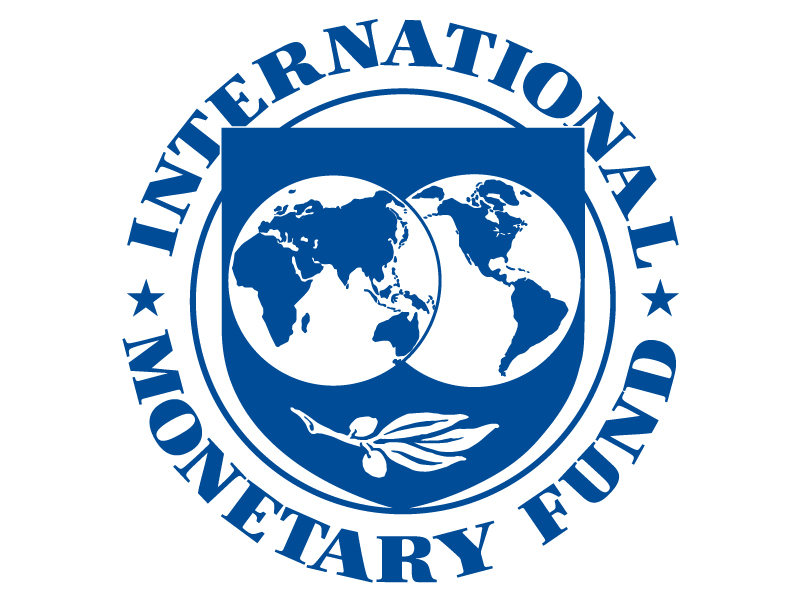Financial stability risks have increased rapidly since the October 2022 Global Financial Stability Report as the resilience of the global financial system has faced several tests. The IMF announced in a press briefing today (Tuesday, April 11, 2023).
“We have all witnessed the recent events in the banking sector. These are powerful reminders of the challenges now being faced as we see tighter monetary policy and tighter financial conditions, at the same time, as financial sector vulnerabilities are building up. The immediate and forceful policy response reduced market anxiety, but sentiment remains fragile. Strains are still evident across other institutions as investors reassess the health of the financial system. The emergence of stress in financial markets also complicates the task of central banks as they seek to maintain the path towards higher interest rates in the face of stubbornly high inflation,” said Tobias Adrian, Director of the Monetary and Capital Markets Department at the IMF.
The impact of tighter monetary and financial conditions could be amplified because of financial leverage, mismatches in asset and liability liquidity, and a high degree of interconnectedness within the nonbank financial intermediation sector and with the traditional banking institutions.
“Looking beyond financial institutions, buffers built by households and corporations during the pandemic have given them more room to absorb financial shocks. But these buffers are deteriorating, leaving them vulnerable to defaulting on their debt. When we look at large emerging markets, we see that they have so far avoided adverse spillovers from the recent turmoil. However, financial stresses intensify and the sizable pull back from global risk taking could trigger capital outflows across emerging markets. For smaller and riskier emerging market economies, we see that they continue to face debt sustainability strains and funding challenges,” added Adrian.
The emergence of stress in financial markets complicates the task of central banks at a time when inflationary pressures are proving to be more persistent than anticipated.
“Clear communication by central banks about the objectives and policy functions is crucial to minimize economic and financial uncertainty. Central banks should use available tools to address financial stability risks which should help them to separate monetary policy objectives from financial stability goals and this should allow them to continue to tighten policy to address inflationary pressures. The recent bank failures brought to light weaknesses in bank supervision and regulation, as well as failures in the bank's internal risk management practices, in particular with respect to interest rate and liquidity risk. Supervisors should ensure banks have risk management and corporate governance that matches their risk profile. If financial strains intensify and threaten the health of the financial system amid high inflation, tradeoffs between inflation and financial stability objectives may emerge. Policymakers should act swiftly to prevent any systemic event that may adversely affect market confidence in the resilience of the global financial system,” said Adrian.
To read the full report, click here.

